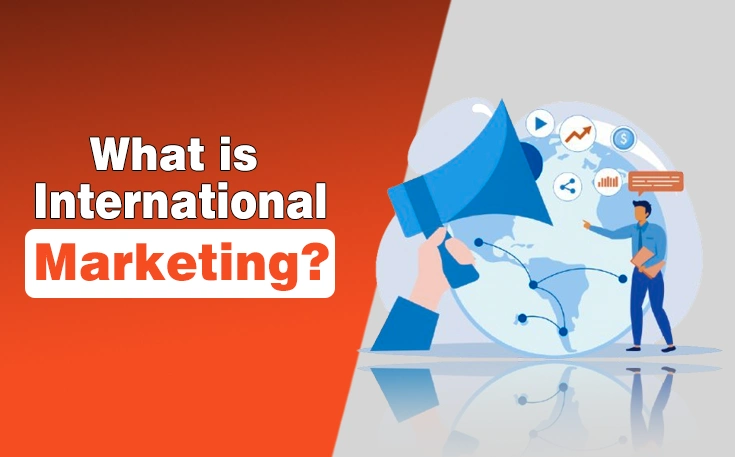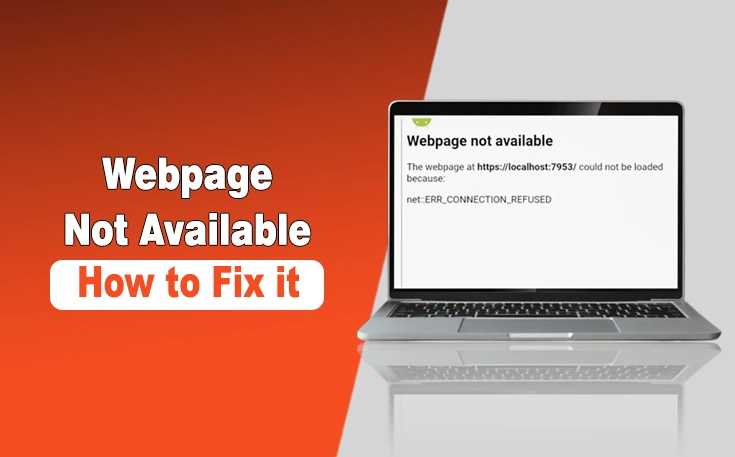When most people think of SEO, they jump straight to keywords, content quality, and backlinks. But here’s the thing – your website’s backend setup, especially your server architecture, plays just as vital a role as how well your site performs in search rankings.
Search engines like Google are increasingly focused on providing users with the best possible experience, so they pay close attention to how fast, secure, and stable your website is.
And all of that ties directly back to your server. If your architecture isn’t up to par, your site might struggle with SEO issues before you even write your first blog post.
In this article, you’ll find out how server architecture infrastructure directly influences your website’s visibility in search engines, how choosing the right hosting provider matters, and what to look for when evaluating your current setup.
Key Takeaways
- Server architecture directly affects website speed, reliability, and security, key SEO ranking factors.
- Local hosting options can reduce latency and improve site performance for geographically targeted audiences.
- Technical features like HTTP/2, SSD storage, and SSL support are crucial to crawlability and user experience.
- Poor infrastructure often leads to downtime and errors that undermine even the best SEO strategies.
The Core Relationship Between Server Architecture and SEO
Let’s start by demystifying server architecture. It’s not just about what machine your website is stored on, it includes everything from the physical hardware and storage setup to the software environment and how your server handles web traffic.
Think of it as the foundation of a house. No matter how nice the paint job is, if the foundation is weak, you will have problems.
Google has clarified that speed, stability, and security are essential ranking factors. That means if your server is slow to respond, frequently goes offline, or can’t handle multiple visitors at once, it will drag your SEO down with it.
Here’s where things get technical but essential:
- Time to First Byte (TTFB): The time it takes for your server to respond to a request is something search engines measure. A lower TTFB usually signals a more efficient server setup, which is good news for your rankings.
- Traffic handling: If your server can’t handle simultaneous users or spikes in traffic, Google may interpret your site as unreliable.
- Security implementation: Search engines favor HTTPS-secured websites, and implementing SSL certificates, part of your server’s configuration, is key.
A healthy server architecture ensures these elements are in place, giving you a solid technical foundation to support your content and SEO strategies.
Choosing the Right Hosting Can Boost SEO Performance
Let’s discuss something often underestimated: your hosting provider. Where your site lives matters just as much as what it says. Choosing a solid hosting service means more than picking the cheapest plan; it’s about finding infrastructure supporting your SEO goals.
For Australian businesses in particular, location matters. Local data centers reduce latency, meaning your site loads faster for Australian visitors, directly impacting your bounce rate and user experience. And let’s be honest: if your site takes more than three seconds to load, most users are already gone.
Many site owners see the value of partnering with Australia’s premier hosting service provider, VentraIP. With servers based locally and a reputation for reliable support, it’s easier to maintain high site speed, uptime, and security standards. You’re not just getting a place to park your website, you’re investing in the infrastructure search engines care about.
Think of it this way: every SEO tool you use and every optimization tweak you make still relies on your site being available and fast.
A good hosting provider ensures bottlenecks or server-side issues don’t waste those efforts. And when something goes wrong, because let’s face it, tech hiccups happen, local support makes resolving problems quicker and smoother.
Key Technical Factors Tied to Server Architecture
Now that you’ve seen how your hosting choice sets the stage for SEO, it’s time to dig deeper into the technical details of server architecture that can directly influence how search engines view your site. These aren’t just geeky extras but foundational pieces that can give your site a real edge.
Page Load Speed
It’s one of Google’s most important ranking signals, especially since the introduction of Core Web Vitals. A snappy load time doesn’t just help with rankings, it improves user experience, reduces bounce rates, and keeps visitors engaged. Servers with SSD storage, efficient caching, and advanced load balancing can dramatically reduce lag.
Server Location and Latency
The physical distance between your server and your users matters. If your website is hosted halfway around the world from your target audience, every click takes longer.
That delay might seem tiny, but it adds up in user satisfaction and SEO metrics. Local server locations reduce latency and keep performance sharp.
Modern Protocols
Technologies like HTTP/2 allow multiple requests to be sent simultaneously over a single connection, speeding up resource delivery. This invisible upgrade makes a noticeable difference, but only if your server supports it.
Security Features
Don’t forget about SSL certificates and HTTPS. Search engines flag insecure sites, and browsers warn users away from them. A solid server setup ensures encryption is always in place and automatically renewed, so you’re never left with vulnerabilities that could tank your SEO standing.
CDN Integration
Content Delivery Networks mirror your site across different global locations, serving users from the nearest node. When paired with the right server architecture, a CDN can dramatically reduce load times while keeping your core server less burdened.
Real-World SEO Consequences of Poor Server Infrastructure
Here’s where the rubber meets the road – what happens when server architecture isn’t up to standard? Even the best SEO strategy can crumble under poor technical foundations.
We’re talking about issues that don’t just hurt your rankings 0- they frustrate users, lower conversions, and eat into your credibility.
Downtime
If your site is offline, Google can’t crawl it, and users can’t access it. A few hours here and there might not seem catastrophic, but over time, it sends a signal that your site isn’t reliable, and search engines take notice.
Slow Load Times during High Traffic
Imagine you launch a killer campaign that drives a surge of traffic, but your server can’t handle it. Pages crawl, users bounce, and all that momentum goes to waste. Worse, Google may assume your site isn’t optimized and penalize your rankings accordingly.
Unexpected Errors
500 server errors, timeouts, and broken pages that creep in when the architecture isn’t configured correctly or updated regularly. Search engine crawlers don’t take these lightly. A repeated pattern of inaccessible pages can lead to indexing issues, dropped rankings, or complete removal from search results.
What makes these issues especially tricky is that they’re often misdiagnosed. Site owners tweak content, rewrite metadata, and re-optimize headlines when the core issue is technical. Without a strong server infrastructure, you’re stuck in a loop, constantly chasing SEO gains while unknowingly sabotaging your efforts.
What to Look for in a Hosting Provider with SEO in Mind
So, what exactly makes a hosting provider a good match for your SEO goals? It’s more than just uptime guarantees on a sales page. The right provider will offer the infrastructure and support that enhances your site’s performance from the ground up.
Uptime Reliability
You want a provider that delivers on its promise; 99.9% uptime isn’t a marketing slogan; it’s essential for SEO. Frequent outages can disrupt Google’s ability to crawl and index your site; worse, they frustrate users who might never return.
Speed-Optimized Architecture
Look for SSD-based storage (faster and more stable than traditional hard drives), built-in caching tools, and scalable bandwidth. These features work together to ensure your site remains quick and responsive, even as traffic grows.
Security Infrastructure
A good provider will include automated SSL certificates, firewalls, malware scanning, and regular backups all of which contribute to a safer site and stronger SEO performance. A secure environment builds trust with your users and search engines.
Technical Support
Problems happen. When they do, talking to someone who understands both hosting and performance optimization can save you hours of troubleshooting, and potentially prevent severe SEO damage.
A hosting provider isn’t just a vendor, they’re a partner in your site’s success. Choosing one that aligns with your SEO needs gives you the technical advantage to compete confidently in search results.
Final Words
You can have brilliant content, strong backlinks, and clever keyword strategies, but if your server can’t deliver that experience quickly, securely, and reliably, you’re already fighting an uphill battle.
Search engines reward sites that offer seamless performance, and that performance is rooted in architecture. From uptime to latency to how well your server handles growth, the technical side of your setup plays a bigger role than most realize.
Evaluating your current hosting situation and investing in infrastructure that supports your SEO goals isn’t just smart—it’s essential. Because in today’s competitive digital landscape, speed, security, and stability aren’t bonuses. They’re the baseline.
Need custom app with amazing features?
Get a Quote




